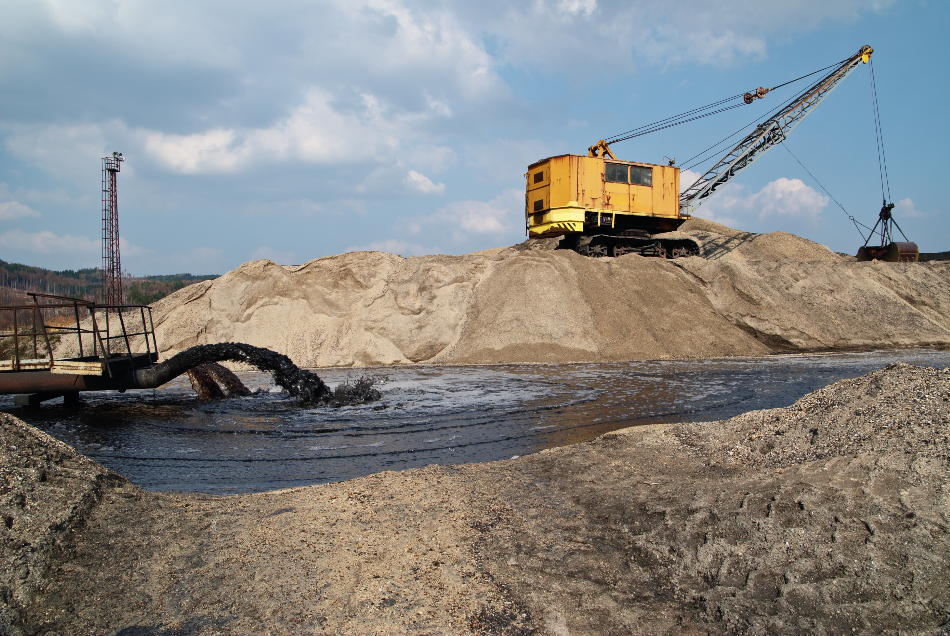
Image Credit: Milos Muller/Shutterstock.com
The mining industry has long been considered one of the world’s most polluting sectors. But, as the emphasis on environmental awareness increases across the globe, all the world’s industries are being pressured to become more environmentally sustainable. This has led to several major advancements in the technology used in mining that can help them to achieve targets such as reducing energy use or limiting their negative environmental impact.
Polymer solutions are one of these technologies that are enabling the mining industry to reduce the damage its operations inflict on the immediate environment. For many years, mining companies have faced a large problem in terms of how they can safely clean sites once mining is finished. Previously, mining operations were prone to leaving the site with waste areas still intact, moving onto the next site without clearing them. Now, due to increasing environmental pressures, mining companies can no longer do this, and they must tackle how to rid of their waste.
The answer to this problem comes in the form of polymer solutions which can be used to optimize water recovery, reuse, recycling, and reclamation. In simple terms, the polymer solutions are used to clean the mining waste from the water that is used in the operations.
Removing Tailings from Wastewater
Tailings are the tiny pieces of material that are byproducts of the mining process. They are tiny, from the size of a grain of sand to just a few micrometers. They enter the water used in mining processes, and due to their small size, they prove difficult to remove to clean and recycle the water. Usually, mining operations set up a retention pond to hold the contaminated water.
Once this pond is full, or the mining operation closes, the wastewater must be treated. While it used to be left at the site, new regulations require it to be cleaned and removed. Scientists have engineered a system with the use of polymer solutions to help remove the tiny tailings.
The best way to remove tailings from the wastewater is to get them to clump together into larger pieces. This process is known as flocculation. Once the tailings have formed into larger pieces, they are much easier to remove from the wastewater.
Dry polymer preparation systems have become the go-to for mining companies needing to remove tailings from their wastewater. The polymer solution induces the flocculation process, with mining operatives dispersing the dry polymer prior to the wetting process, ensuring effective polymer-particle wetting. Usually, this is done by injecting the solution into the pipeline just before the location of the tailings. The turbulence in the pipeline then mixes the solution into the wastewater. The polymer-treated tailings then clump together and segregate as the water drains away.
There are many benefits for mining companies using polymer solutions in this way. These benefits include the prevention of polymer buildup at the volumetric feeder through the separation of the polymer prior to wetting, and the ability to design the system to suit individual mining needs with the use of multiple hopper configurations. In addition, the flexibility of the system allows for customization to meet specific requirements without the drawback of additional costs. Lastly, some dry polymer systems have also been used to process water at the mining site to help the separation of the ore in hard-rock copper-mining.
Overall, polymer solutions have become a trusted and reliable method of helping mining companies adhere to changing environmental regulations, helping them to clean sites by removing tailings from water. In addition, they have occasionally been used to aid the mining process by helping to separate the ore.
References and Further Reading
Disclaimer: The views expressed here are those of the author expressed in their private capacity and do not necessarily represent the views of AZoM.com Limited T/A AZoNetwork the owner and operator of this website. This disclaimer forms part of the Terms and conditions of use of this website.